Getting to Know About the Wolio Palace Fort, the History of the Sultanate of Buton
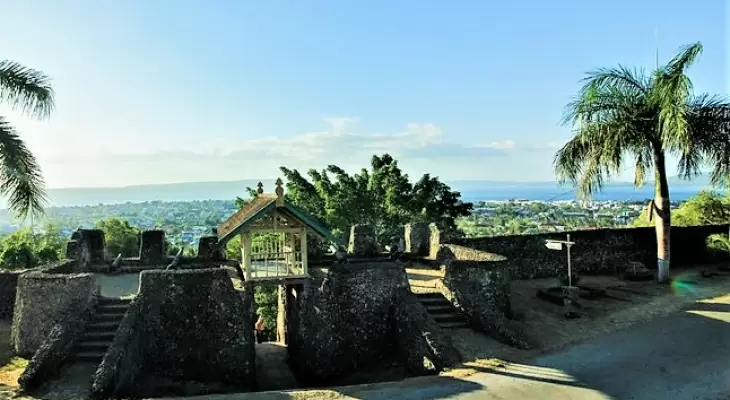
Holiday Ayo - In addition to enjoying the beauty of beaches, caves, and other natural attractions, it's time for travelers to actively visit historical tours such as getting to know the Wolio Buton Fort Palace, a cultural heritage that is very rare and has a very unique design.
The fort which is the largest fort in the world is located in Bau-bau City, Buton Island, Southeast Sulawesi.
Having the largest fort in the world, placing the Wolio Buton Palace Fort received an award from the Indonesian Record Museum (MURI) and the Guinness Book of Records issued last September 2006.
The architect and pattern of this fort building are very unique. Made of limestone/mountain, this historic tourist attraction in Bau-Bau has a height of between 1 meter and 8 meters.
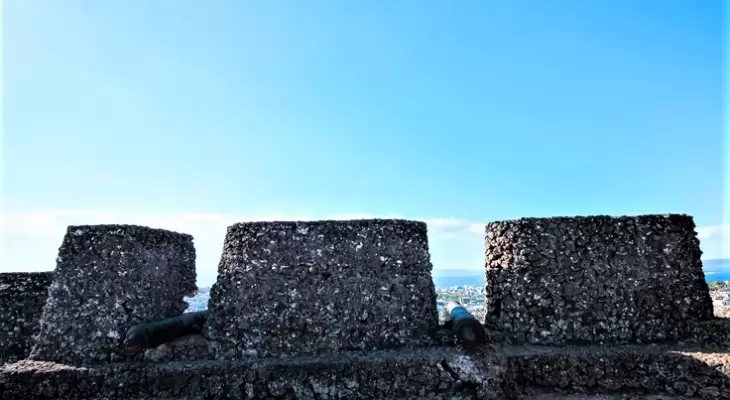
The walls are also between 50 cm to 2 meters thick and have 12 Lawa (doors) and 16 cannon storage areas called Baluara (small fort). The circumference of the fort is 2,740 meters and has an area of 23,375 hectares.
The Buton Palace Fort is located on Wolio Hill as high as 100 meters above sea level, as well as being a strategic location to monitor the situation of Baubau City and the Buton Strait during the colonial period.
Inside the fort area, Travelers can find various historical relics of the Sultanate of Buton. The fort which was established as the center of defense and civilization of the Butonese people when facing the Portuguese invaders also served to protect themselves from these pirate attacks.
The Wolio Buton Palace Fort began to be built during the reign of La Sangaji, the 3rd Sultan of Buton in the 16th-century era to be exact in 1591-1597. He received the title of Sultan Kaimudiin. This fort was completed in its entirety during the reign of the 6th Sultan, namely La Buke Gafurul Wadudu in the era of 1632-1645. Wolio Buton Palace Fort has 3 components, namely Badili or cannon, Lawa or gate, and Baluara.
This cannon is a former weapon of the Sultanate of Buton, a legacy of the Portuguese and Dutch, which is made of scrap metal.
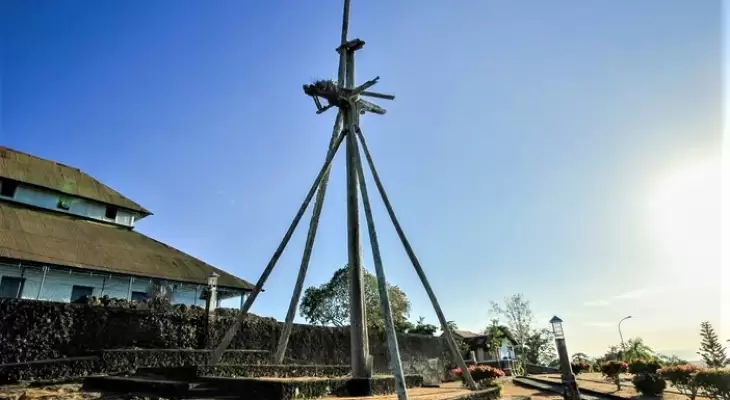
Lawa served as a liaison between the palace and the villages around the palace fort. There are 12 lawa in the palace fort. Each lawa has a different shape but in general, it can be distinguished in terms of shape, width, and construction, some are made of stone and also combined with wood, a kind of gazebo above it that functions as an observation tower.
The 12 names are Lawana Rakia, Lawana Lanto, Lawana Labunta, Lawana Kampebuni, Lawana Waborobo, Lawana Dete, Lawana Kalo, Lawana Wajo or Bariya, Lawana Badene or Tanailandu, Lawana Melai/Baau, Lawana Lantongau, and Lawana Gundu-gundu. The word lawa is affixed with the suffix 'na' to 'lawana'.
By being given the suffix 'na' in the Butonese language it functions as a substitute for the word belonging to 'nya'.
Meanwhile, the word Baluara comes from the Portuguese language, namely baluer which means bastion (small fort). Of the 16 baluara, two of them have a godo (warehouse) located above the baluara. Each serves as storage for bullets and gunpowder.
Each baluara has a different shape, adapted to the conditions of the land and the place. Meanwhile, the names of the baluara are named after the name of the village where the baluara is located, where the name of the village was in the palace fort during the Buton Sultanate.
The 16 names of the Baluara are Baluarana Gama, Baluarana Litao, Baluarana Barangkatopa, Baluarana Wandailolo, Baluarana Baluwu, Baluarana Dete, Baluarana Kalo, Baluarana Godona Oba, Baluarana Wajo/ Bariya, Baluarana Tanailandu, Baluarana Melai/ Baau, Baluarana Godona Batu, Baluarana.
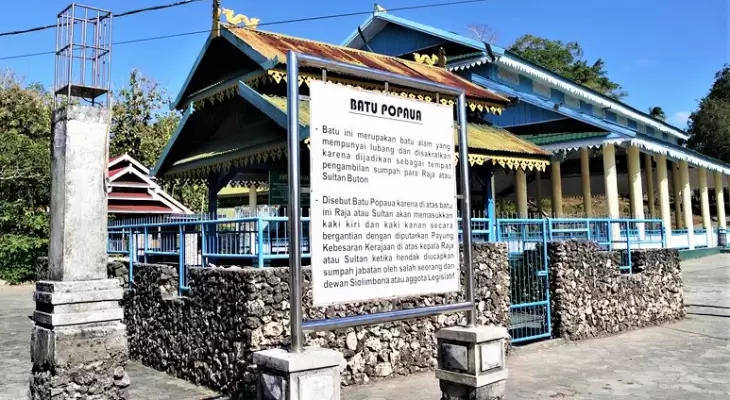
Besides being able to see the strong fort standing along the Wolio hills and the beautiful view of the city of Bau-Bau from a height, here we can feel the thick Islamic nuance with the Buton Palace Mosque. The marble-floored mosque measuring approximately 40 m2 was built in 1712 and is the oldest mosque in Southeast Sulawesi. Built during the sultanate of Sultan Sakiuddin Durul Alam, it also became a symbol of the glory of Islam at that time.
Buton Palace Fort has a unique shape made of limestone. The fort that was once used as a place of defense has now become a cultural tour that presents the history of the Sultanate of Buton. The fort is only about 3 km or about 5 minutes drive from the city center. This fort stands around three hamlets including Baluwu, Peropa, and Dete in Melai Village, Wolio District.
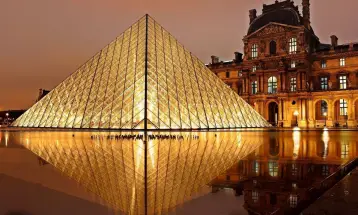







Leave a comment